The duration of labor depends on several factors. Usually a cat gives birth no longer than 6 hours. However, with prolonged exertions, a large number of fetuses may take a little longer.
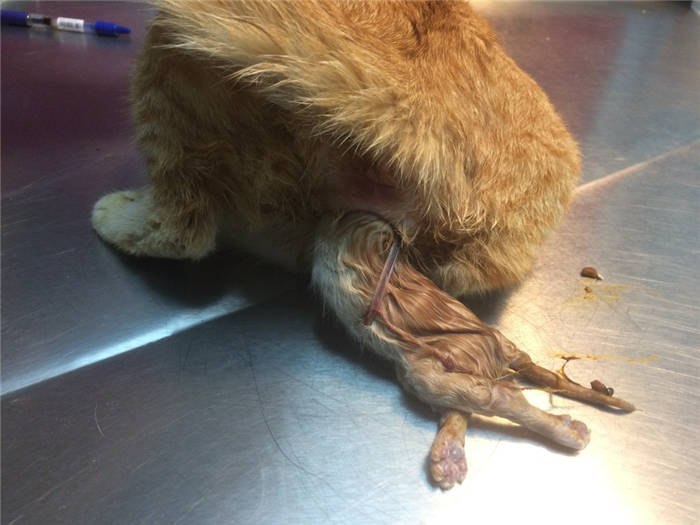
- How to know if the cat is in labor: the first harbingers of an impending birth
- Harbingers of an imminent birth
- Signs occurring a week before labor
- Harbingers of birth in sphinxes
- At what age do cats give birth
- How to understand that your cat is pregnant
- What should be prepared for the cat and kittens?
- How does the process proceed in cats and how long does the labor normally last?
- Actions during parturition in a cat
- How to determine the date of delivery in a cat
- Signs that appear a few days before calving
- Signs of labor, which will take place in 1-2 days
- Help for the pet if complications arise
- Postpartum care for a cat
- How to recognize the signs of a problem birth
- Antecedents of labor
- The birth process – stages, possible problems
How to know if the cat is in labor: the first harbingers of an impending birth
Every animal is individual and the pregnancy period in domestic cats is no exception. You can understand that the cat is giving birth, if you carefully observe your pet.
The normal physiological process of carrying kittens lasts on average 65 to 68 days. At the end of the term comes the delivery, and the owner should orient when the important day comes, so that in advance to prepare for the reception of kittens.About a week or 4-6 days before the expected date should be prepared for the location of the parturition and its further stay there with the offspring.
Harbingers of an imminent birth
As in the process of carrying kittens, the period of labor onset and the harbingers of labor can vary depending on the cat's breed, weight, age and state of health. For example, in some cats the harbingers begin several days before labor day, and in others a few hours before the first kitten comes out.
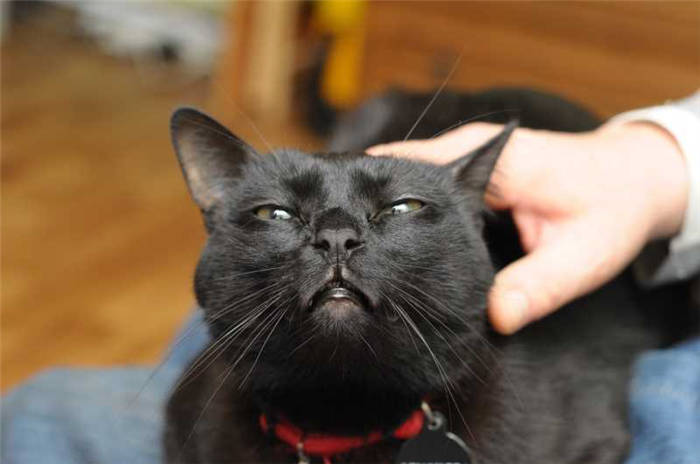
The main signs that a cat is about to give birth are:
- Searching for the calving nest;
- The animal tries to find a secluded, secluded place;
- Constantly cuddles up to its owner;
- thoroughly licks the abdominal and crotch areas;
- The mammary glands increase in volume (it is not uncommon for the first born milk to appear – colostrum);
- decrease in body temperature to 37 degrees, while the normal temperature is 38-39.2;
- The release of mucous plug;
- Abstraction of water.
Signs occurring a week before labor
In normal animals that are physically healthy and of normal gestational age, the symptoms of an incipient labor occur one week before the process itself. The signs should not go unnoticed by the owner and it is time to prepare for calving.
The onset of an imminent birth is marked by the following signs:
Harbingers of birth in sphinxes
Don and Canadian sphynxes are exemplary and caring mothers for their little kittens. The gestation period lasts from 58 to 72 weeks. In most cases, the cats of this breed give birth to 3 to 5 kittens per calving.
The first signs of birth in sphinxes appear 2 days before the upcoming event. Two days before parturition the temperature in the rectal passage drops to 36.7 degrees. The cat begins to actively nurse and scrub the genital area.
A few hours before labor, the cat begins to arch its back and show pronounced anxiety. Otherwise, the signs of beginning labor are similar to other cat breeds, and the labor process itself takes about 12 hours until the last kitten comes out.
Please note! If contractions last longer than 3-4 hours without any pains, you should contact a veterinarian for help.
At what age do cats give birth
At 7 months of age a cat becomes interested in the opposite sex and becomes sexually mature. In case you want to get healthy offspring, veterinarians advise to breed the animal at the second heat.
Cats can give birth to old age, but the owners of the pet should stop sex life of their pet in time, so that the quality of the offspring and the health of the cat is not affected. After all, abusing the cat's ability to give birth, people often think only about their own wallet. Thus, to avoid problems, veterinarians recommend spaying or neutering the animal at the age of 6-7 years.
How to understand that your cat is pregnant
Signs of pregnancy in a cat can be observed 3 weeks after conception. Some people who let their cats go outside can track this period on a calendar (as a rule, a cat doesn't sleep at home and doesn't appear to its owners for 3-4 days). Those owners, who purposely bring the cat with the cat, can also calculate whether the cat is pregnant or not. We'll tell you how many months you'll have to wait for a new addition. The most difficult thing is to foresee pregnancy for those owners, whose cat walks alone in the street.
- The cat's appetite changes: sometimes the favorite treats remain untouched, but any food intake ends in vomiting and severe weakness;
- Changes in behavior: the cat sleeps more than before and moves less (if before it was wild and could bite, now it should be gentle and quiet);
- Swollen mammary glands and reddened nipples;
- rounding of the abdomen.
What should be prepared for the cat and kittens?
It is necessary to prepare a place for the cat to calve. It can be a paper box with low sides or a cot from which it will be convenient to get out. The cat will live with the kittens in this place for about 2 months, so it should be spacious. If a box is chosen as a temporary house, it is better to remove one wall to make it convenient for the pet to move around. This will also make it easier for the owner to access when the box needs to be cleaned. The calving area should be in a quiet, darkened area. The following items should be prepared before the cat begins to calve:
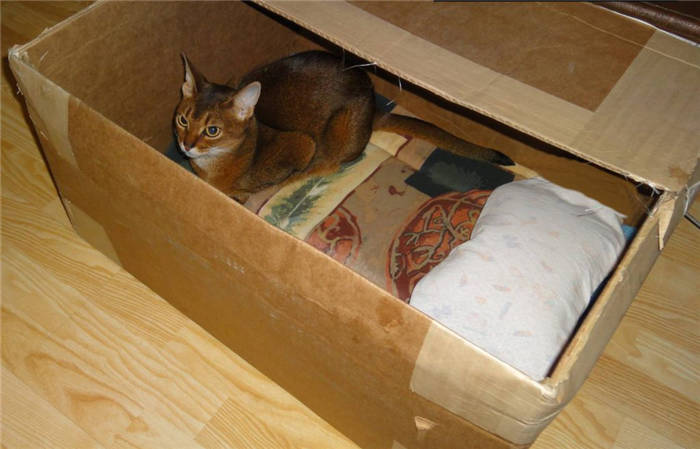
- latex gloves;
- cotton swabs;
- cotton cloth;
- scissors with rounded ends and alcohol to treat them;
- wet wipes;
- a thread soaked in boiling water (for tying the umbilical cord);
- terry towels;
- syringe or pipette;
- Liquid antiseptic;
- A syringe (to suction out the mouth and nose of newborn kittens);
- heating pad;
- Levomekol ointment.
Read also: Bleeding in a pregnant cat: what does bleeding during pregnancy mean and what to do?
It is necessary to take care of the availability of a drinker with clean water for the cat. Kittens may need milk formula with a bottle, so it makes sense to buy it in advance at a pet store.
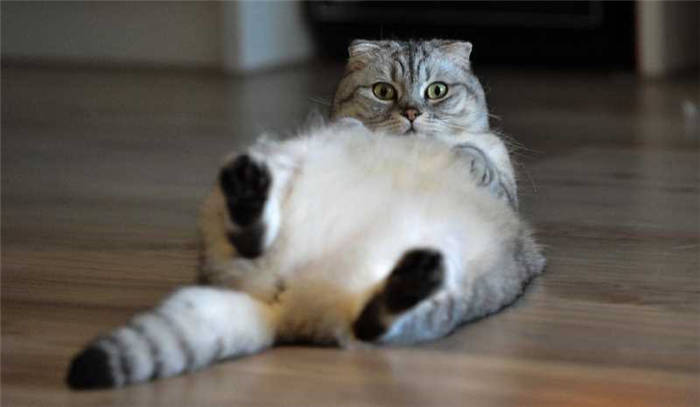
If you know that the cat is going to give birth within a week, you should put all the necessary things for giving birth in one place.
How does the process proceed in cats and how long does the labor normally last?
The beginning of the cat's labor can be determined by contractions – uterine contractions. They appear a few hours before the birth of the babies and gradually intensify. When you can feel contractions by touching your cat's belly with your hand, you should take out everything you need and wash your hands – the kittens will soon be born. During contractions, the animal breathes frequently with its mouth open. The amniotic fluid may break both before and during the contraction. It is not always possible to notice them, because the expectant mother often licks herself.
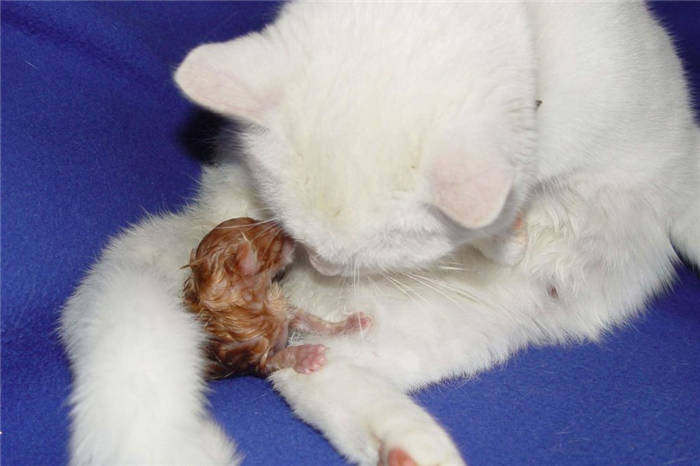
About 2 hours after the beginning of strong contractions, the pushing begins, after which the first kitten should be born. It is good if the owner has prepared and ultrasounded his pet during pregnancy. This way you can know how many fetuses to expect. The process of birth of kittens can be divided into the following stages:
- Passing through the birth canal. Through the cat's pushing, the muscles of her abdomen and hips contract, pushing the babies out of the uterus.
- Birth. The kittens are born in the amniotic bladder or its remnants. The mother ruptures the bladder, releasing the baby's body and licking it out. The cat cleans the kitten's airway of mucus, and the baby makes its first squeak.
- Umbilical cord rupture. The mother chews the umbilical cord and eats the afterbirth. It is important to make sure that the afterbirth comes out with or after the baby. The number of afterbirths should be equal to the number of babies born. The placenta remaining in the uterus begins to decompose, provoking inflammation. In this case, you will need the help of a veterinarian.
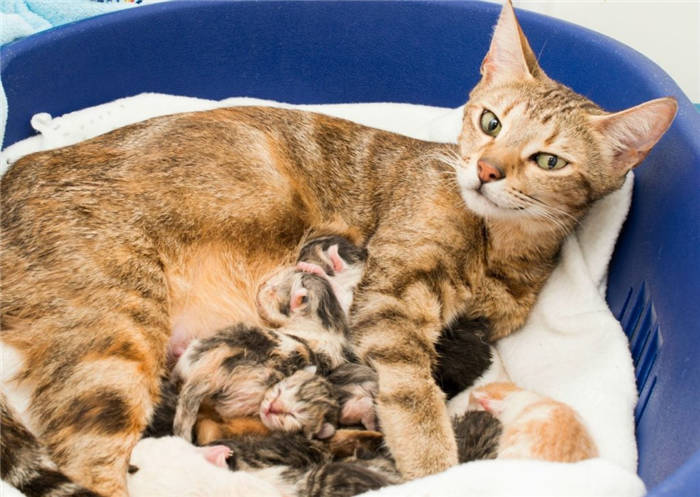
In a multiple pregnancy, labor lasts about 6 hours. The process ends with the babies suckling on the mother's nipples. Uterine contractions stop 2 hours after calving, maternal abdomen becomes soft, breathing normalizes, she changes body position. The cat is thirsty and has an appetite.
Actions during parturition in a cat
Know the signs of labor accurately in order to give the cat all the help it needs during this process. The owner needs to know exactly what he should do to make the arrival of the babies as easy as possible. The owner should do the following:
- Keep your pet calm throughout the whole process, and in case of complications, until the vet arrives;
- Even if the animal becomes ill during the calving process and waiting for the vet becomes a real torture, the owner should remain completely calm, as the pet senses the human condition and panic, transmitted to her, will only make the situation worse;
- isolating the room where the calving takes place from other pets, strangers and children;
- Ventilating the room without a draft – a cat needs constant access to fresh air during confinement, but it is not allowed to have wind blowing on it from an open window. For this purpose, it is necessary to choose a place for the birthing box, checking it in advance for inaccessibility to a draught;
- Providing warm milk and water during calving – 90% of pets are very thirsty during parturition and cannot quench their thirst by getting to a drinker. The owner should regularly offer heated milk or room temperature water every 10-15 minutes. Proper care for your cat during labor speeds up her recovery;
- A veterinarian should be called at the first signs of labor if there are complications or if there are fears that something may go wrong. The veterinarian's accompaniment is also necessary if the owner is not confident in his abilities and is afraid that he will not be able to help his pet.
Ignore the first signs of labor in a cat should not be ignored, despite the common opinion that the cat will give birth without problems, and there is no need to bother with receiving kittens and taking care of the four-legged mother.
How to determine the date of delivery in a cat
Cat labor in most cases is easy and does not require human intervention. However, it is necessary to prepare a cozy lair for the cat, and also to be with her during the whole period of labor, so that in case of complications to come to the aid of the animal and to provide her with necessary care. Because of this, it is necessary to determine the date of birth of kittens as accurately as possible. How to know when the cat will give birth is of particular concern to owners of purebred animals, in which complications in the birthing process occur much more frequently.
There are several ways to determine the date of delivery in a cat. The easiest way to do this is if the cat for mating was allowed to be planned and its date is known precisely. If, however, the pet has free access to the street and took a walk at an undetermined date, you will need to pay attention to changes in her condition. To understand when the cat will give birth is not so difficult.
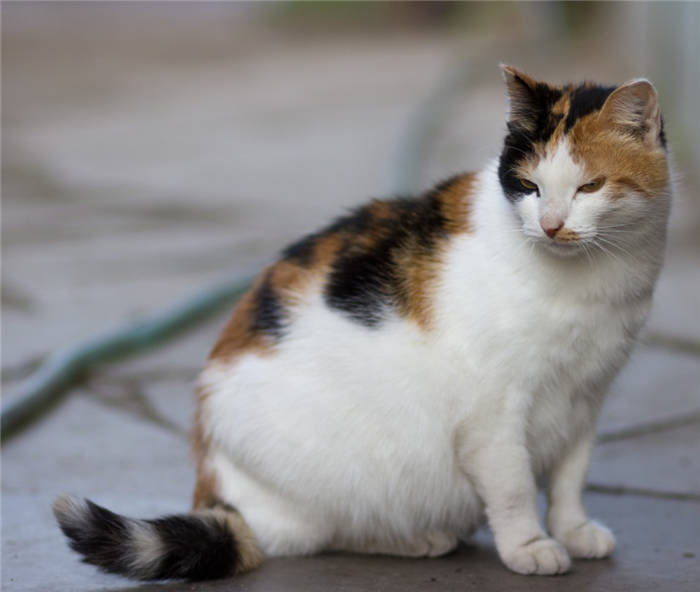
It is easiest to determine the date of delivery if the date of mating is known. A cat's pregnancy lasts from 58 to 72 days, which is what you should focus on. It is enough to count up the necessary time and not to leave the cat alone, because kittens can appear at any moment. The following may to some extent affect the duration of pregnancy:
- High stress – prolongs the gestation period. The owner should understand that the animal needs rest;
- Poor feeding – can both lengthen and shorten a pregnancy;
- How many kittens are being carried – if up to 4 kittens, it is more than 60 days; if more than 4 kittens, it is a minimum of 58-59 days;
- Number of births – if a cat has already carried kittens for the first time, she will carry the next ones for 1-2 days less.
It is also possible to determine when a cat is in labor by a number of changes that occur to her. With careful attention to the pet, it is not difficult to notice them. That it is about a week before the birth of kittens is indicated by the following phenomena:
Signs that appear a few days before calving
A few days before the calving, the cat shows specific signs that are almost impossible to miss. It is easy to know by these signs that the end of the pregnancy period is near. In this period, the animal should have a proper prenatal treatment by shaving the hair in the area of the nipples and genitals, which will facilitate the birth of kittens and their feeding. If the sphynx cat will give birth soon, this treatment is not necessary due to the peculiarities of the breed. The following symptoms may indicate that the birth is not more than 4 days away:
- Restlessness – the cat can't lie quietly on its owner's lap for a long time and tends to change its pose often, because the active movement of the kittens starts to bother it when they take the correct position for birth;
- Nervousness – not all cats are nervous, but many suffer from increased irritability and may bite or scratch in response to any touch, even if the cat has recently been affectionate;
- frequent loud meowing – especially after a meal, when the volume in the abdomen decreases due to an increase in the size of the stomach;
- Severe loss of appetite – cat eats a little, but often enough;
- Increased need for water;
- trampling of the bedding in the delivery box.

From this point on, the owner should not leave the animal alone, as labor can begin very soon, sometimes after only a few hours, though quite rarely. The cat's corner, chosen for calving, should not be visited by strangers who will disturb the pet.
Signs of labor, which will take place in 1-2 days
At this point, the manifestations depend on how attached the cat is to its owners. If she fully trusts people, then it is not difficult to notice the signs of an imminent birth. The main one is an invitation to keep you company during the birthing process. The cat begins to walk behind the person all the time and often calls him after itself, taking him to the box in which the calving will take place. She may lie down on the bedding with her belly up and stay there until the owner leaves. If you look closely, you can see the kittens moving around inside the belly at this point. They will move into the right position gradually, not in 1 day.
Also about the approach of the moment of kittens coming into the world is also indicated by the fact that the pet begins to wash often, actively licking the area under the tail. She may even lick off all the hair in the genital area, which will facilitate the birth of kittens because they won't have to tangle in their mother's fur.
From this point on, you should have all the tools you may need to receive the kittens ready. You should also have the phone number of the vet on hand so that he can come right away and give you all the help you need, up to and including surgery.
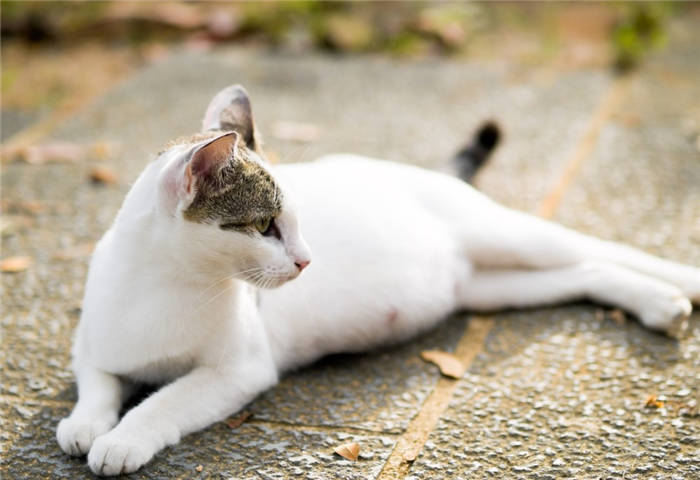
Help for the pet if complications arise
The greatest complications usually arise during the first birth. The responsibility for the cat and its cubs falls entirely on the owner, so it is necessary to prepare for this process in advance if there is no possibility of inviting an experienced veterinarian. To help in the event of complications, the cat owner will need the following medications and devices:
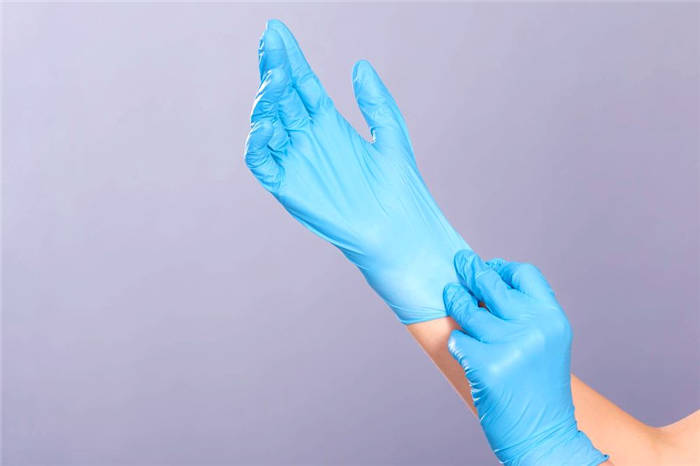
The above remedies should be used only in an emergency situation when labor is difficult. All possible complications and solutions are listed in the table below:
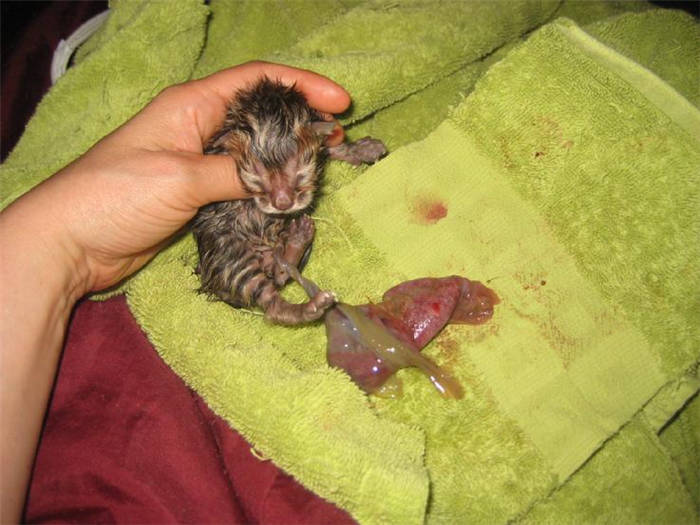
- weak labor activity;
- The fetus is stuck and is not advancing.
- soak a pipette in Levomekol ointment and insert it into the vulva, making circular movements;
- examine the birth canal to see how close the fetus is;
- give an injection of Travmatin or Gamavit in an amount of 1 ml into the withers;
- Stroke the laboring woman's abdomen from top to bottom.
- weak pushing;
- stop the pushing after the baby's head appears.
- treat the cat's genitals and birth canal with Vaseline, as well as the baby's head.
- give an injection of Gamavit into the thigh.
- cat's refusal to chew the bladder within one minute after the birth of the baby;
- the mother is busy with another cub and does not have time to remove the bladder in time.
- cut the bubble tissue with sterile scissors;
- remove the newborn baby;
- remove mucus from the nose and mouth with a pipette or pear;
- wipe the baby with a towel and place it on the mother's stomach.
- lack of interest in the newborn;
- preoccupation with other kittens;
- lack of physical ability to chew the umbilical cord.
Postpartum care for a cat
Taking care of a cat is necessary not only during pregnancy and childbirth. The animal requires attentive care even after the kittens are born. The female loses a lot of energy, even if the delivery goes without complications, so she needs maximum rest.
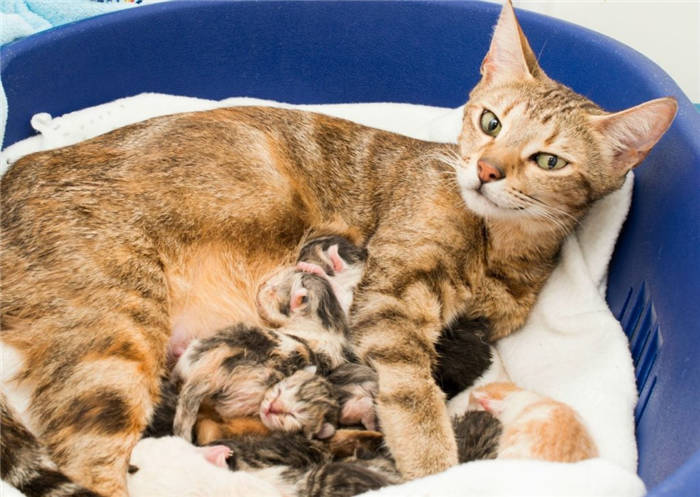
If the pregnancy was the first, the cat's owner should make sure that the birth is over and all the babies are born. When labor has stopped and there are still kittens in the womb, the cat will need help. After the examination, the cat should be fed. After delivery, it is better to give her food that is easily digested. In the postpartum period, the feeding pattern changes slightly. The daily ration should be divided by the owner into several small portions. Feeding the pet will have to be frequent, this will contribute to the constant production of milk for the cubs. The ration must include fish oil, calcium, milk. In the process of feeding the offspring, the mother should have unlimited access to water.
It is good if the cat is examined by a specialist after delivery. Lactating females often develop mastitis, in which they have a fever and inflamed mammary glands. Early diagnosis of the disease will avoid complications. If mastitis occurs, kittens have to be fed artificially.
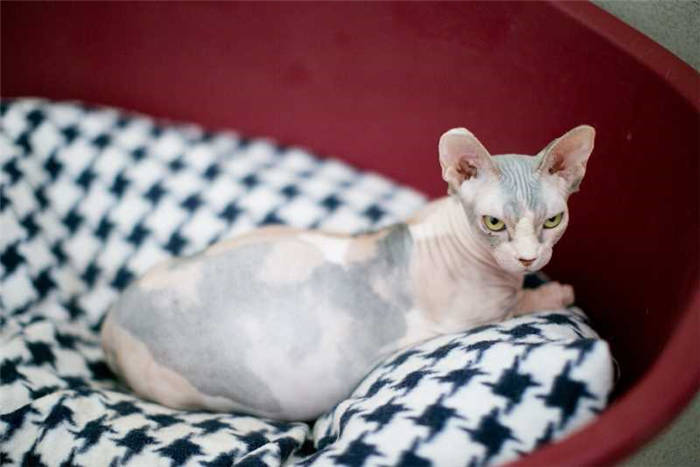
The nursing female should not be allowed to go outside. Her body is weakened and susceptible to disease. To keep her healthy and to nurse her babies, it is better for the new mother to stay at home.
It is also important for the cat to leave her "nest" periodically. During her absence, the owner should clean it, change the bedding, so that mother and offspring are kept clean.
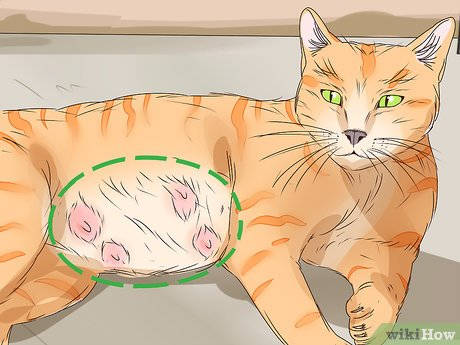
Keep an eye on the cat's physical condition. When a pregnant cat's delivery date approaches, her nipples and mammary glands will enlarge. The cat may also begin to lick her nipples. Other physical signs of impending labor include a lowered abdomen and an enlarged and soft vulva. All of these signs are easy to spot with a visual inspection. [9] X Source of Information
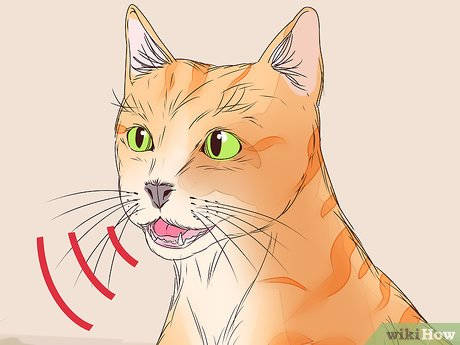
Pay attention to the way the cat breathes. If you suspect labor is approaching and the cat lets you get close to her, listen carefully to her breathing. The cat's breathing may become rapid and it may even become short of breath. The cat may also begin to purr rhythmically and longingly. [10] X Source of information
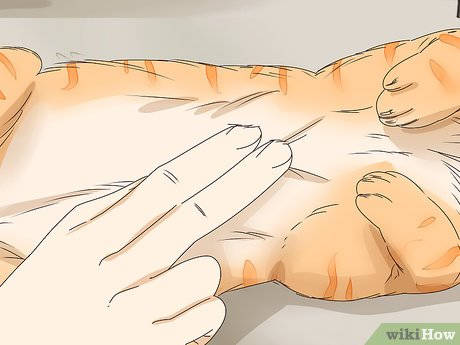
See if the abdomen feels tense to the touch. When labor is imminent, the cat will begin to go into labor. You can tell by gently feeling her belly. Tension in the abdominal area is most likely a sign that labor is starting. You may even see your cat's abdomen tensing and relaxing. At this time, the cat may be lying on her side and it will be easier for you to examine her. [11] X Reliable Source Cat Fancier's Association Go to Source [12] X Source Information [13] X Source Information
How to recognize the signs of a problem birth
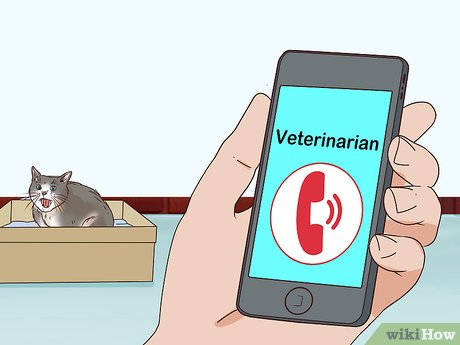
If labor is delayed, call your veterinarian. Most cats give birth quietly on their own. But it is always worth keeping an eye on your cat in labor. If by all indications (for example, you see contractions) your cat is in the active labor stage, but nothing happens within an hour, call your vet immediately. The vet can determine what kind of help your cat needs. [14] X Reliable Source Cat Fancier's Association Go to Source [15] X Source Information
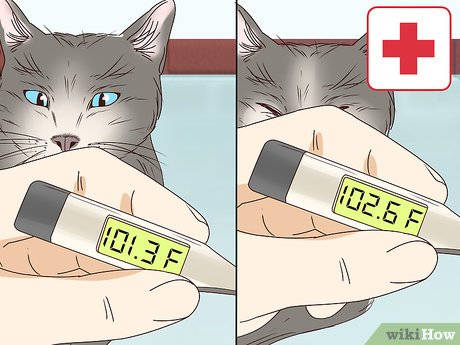
Monitor your cat closely if her temperature rises. By checking your cat's body temperature, you can not only be aware of an impending labor, but also of potential problems. Usually a cat's body temperature drops toward labor. If the opposite happens and your cat's body temperature rises, keep a close eye on her and take her temperature a second time as soon as possible. If it is still above normal, call your veterinarian. [16] X Reliable Source Cat Fancier's Association Go to Source
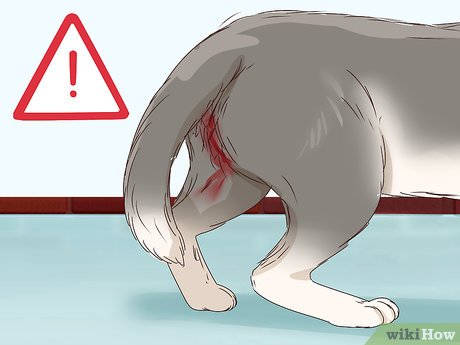
Watch for any suspicious discharge. Small amounts of blood may be secreted during labor. Among the secretions of a laboring cat will also be mucus plug and amniotic fluid. But if you notice heavy bleeding or discharge with an unpleasant odor, contact your doctor, as these signs may indicate a problem. [17] X Source of Information
Antecedents of labor
Precursors are considered to be changes in the animal's vital signs, during the 24 hours before labor. A cat's uterus is arranged in the shape of a "Y" – the "horns" are the place of the kittens, the "tail" is the cervix. The main changes occur in it, accompanied by discomfort or pain. Miscarriage and spontaneous labor are accompanied by the same symptoms, with one difference. Signs of preterm labor in a cat, most often proceed 1-2 times faster.
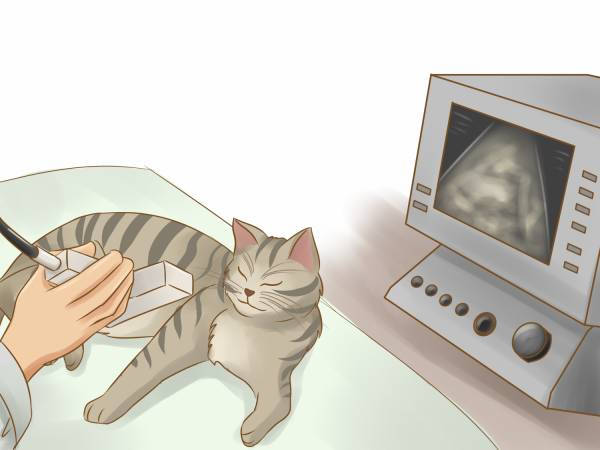
As soon as you notice the cat's restlessness, pay attention to the following aspects:
- Most often, before the beginning of contractions, mucus plug comes out of the cervix – a small clot of transparent, yellowish, greenish color, small brown specks are considered normal. You need to understand that the rejection of plugs can not notice. It may come out during urination or be rejected in parts – the cat is licked, no excretion is noticeable.
- During pregnancy, kittens lie down on the principle of "compactness," and for a proper birth they need to turn their heads downward. Large "babies" may not have time to do this, but during the process, there is active fetal movement – kittens turn and push, causing the mother a lot of discomfort.
- The first contractions are barely visible, but can be felt, if you put your palm on the cat's belly – the opening of the cervix begins, the process can last up to 8 hours.
Ready #1! Signs of an early delivery in a cat – strong contractions, visible without feeling, the cat lies down on its side or squats and arching its back – within 5 to 60 minutes the first "baby" will appear.
The birth process – stages, possible problems
After the cervix is fully opened, the process of "expelling" the kittens begins. Without prejudice and arrogance, remember – the cat is in pain, it has lost a lot of strength in the contractions, the animal is very worried. It is important to observe the following rules:
- Calm and support the animal no matter what happens.
- Keep yourself in control, even if it is the first birth and you do not understand what is going on. The cat senses your panic and confusion very well.
- Do not fuss, do not allow strangers, children, other animals in the room.
- Provide fresh air into the room, but not a draft.
- Offer the cat warm water or milk, 90% of cats are thirsty during labor.
- If you're worried that you can't handle it, get the support of another person. But (!) there must be one person directly near the cat. An "assistant" will help in case of complications.
- Do not be frightened when the cat eats the "place" of the kitten – it is a physiologically correct process of recuperation.
Read also: The cat has no milk after delivery: reasons, what to do to restore lactation and what to feed kittens
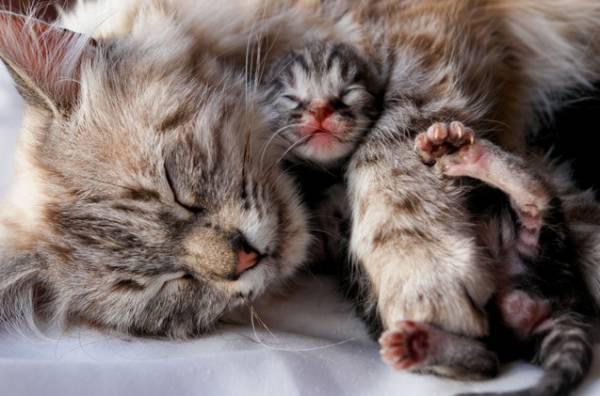
Ejection is a less painful process than labor. Outwardly the cat may be much calmer, observe and do not interfere unnecessarily. If you understand that a problem is brewing, go ahead:
- Four strong exertions, and the kitten's head has not appeared – we lubricate the rounded end of the dropper with Levomycol and gently insert it into the vagina. Dilate, see if the fetus is visible, stroke the cat's belly in the direction of expulsion, slightly nudging the kittens.
- A kitten is born in a bubble and the cat does not pay attention to it – gently open the bubble, remove mucus from the mouth and nose. All procedures are done in front of the cat's eyes so she can reach in and start licking the kitten.






